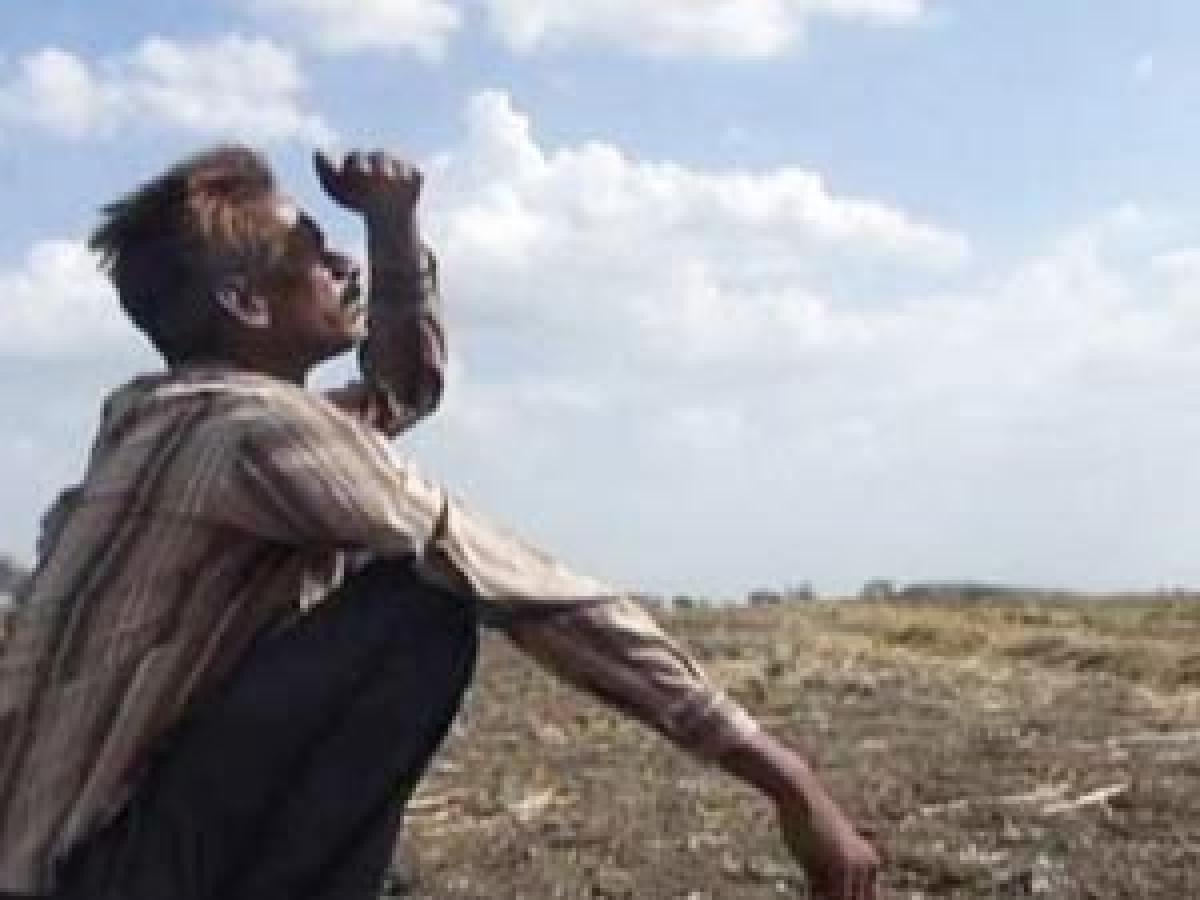Live
- Odisha BJP chief to be elected in January
- AP Home Minister Anitha alerts officials amid rains in heavy Rains in Tirupati
- Taluk Guarantee panel
- Uber Launches Uber Moto Women for Safer and Flexible Rides in Bengaluru
- ‘Fear’ pre-release event creates waves
- Champions Trophy 2025 Host Change? Indian Broadcaster's Promo Sparks Controversy
- Nabha Natesh introduced as Sundara Valli from ‘Swayambhu’
- Aamir Khan praises Upendra's ‘UI: The Movie’ ahead of its release
- Celebrations: Keerthy Suresh ties the knot with Antony Thattil
- Indian scientists develop flexible near-infrared devices for wearable sensors
Just In

As news both good and bad pours from across India, the monsoon is once again in the limelight. From farmers, scientists and economists to astrologers, the monsoon has significance unlike any other climate phenomenon in India.
Monsoon
As news both good and bad pours from across India, the monsoon is once again in the limelight. From farmers, scientists and economists to astrologers, the monsoon has significance unlike any other climate phenomenon in India. The monsoon provides around 80 per cent of the total rainfall in India. Getting monsoon predictions right occupies much attention of the weather department in India so that governments can make adjustments to their policies and prepare for droughts or floods according to the likely rainfall pattern.
However, the Asian monsoon, unlike its counterparts in West Africa and Australia, has been characterised by remarkable unpredictability and seasonal changes in wind direction and quantity and location of rain. Climate change due to global warming has added yet another dimension of unreliability to the monsoon. Understanding the timing, duration and intensity of the monsoon is vital if predictions of drought and flood are to be made.
Any marginal change, say a 5 to 10 per cent, in the total rainfall may appear to be small but these apparently small variations in the Indian monsoon can influence agricultural production and the stocks and commodities market in a big way. The variability of rainfall on shorter time scales has the biggest impacts. For instance, intense heavy rainfall leads to flooding while the breaks in monsoon for over a week or more lead to water shortage and agricultural drought. Evenly distributed rainfall over the four monsoon months could be referred to as the best monsoon.
The variations in seasonal rainfall are often related to weather in other parts of the world, such as El Niño events in the Pacific Ocean. Simulations of future climate generally suggest an increase in monsoon rainfall on a seasonal mean, area-average basis. This is due to the twin drivers of an increasing land-sea thermal contrast, but more importantly due to warming over the Indian Ocean which allows more moisture to be carried to India. Typically, increases in the total rainfall over India may be in the range of 5-10 per cent, although some climate models suggest more and some less.
The current climate models suggest greater variability in monsoon rainfall from year to year in a warmer world. In the future, it is expected that there will be extreme weather events with excessive rainfall in some years with low to very low rainfall in other years. Most importantly, the regions that earlier experienced sufficient rainfall could face droughts while those that experienced lower rainfall could face floods frequently. The Indian summer climate in the coming century looks to be wetter on average, together with flood and drought conditions occurring more often.
It is important to build better capability to simulate the day-to-day and intra-seasonal variability of monsoon in climate models with more confidence in projections. In the future, increasing population along with various developmental priorities will bring additional stresses on society and the environment, with serious implications for water resources, health and food security. Thus, the possibility that the monsoon may become less stable as a result of climate change has serious consequences for India.
There is an urgent need to improve the science of monsoon predictions and its applications. Such measures will help millions to adapt to emerging scenarios and tide over the predicaments of climate change. Using state-of-the art climate models and observations, researchers are investigating the processes that control the monsoon rain and its variability and it is hoped that accurate scientific predictions about the unpredictable monsoon will be possible in the near future.
By Kallur Subramanyam Murali

© 2024 Hyderabad Media House Limited/The Hans India. All rights reserved. Powered by hocalwire.com







